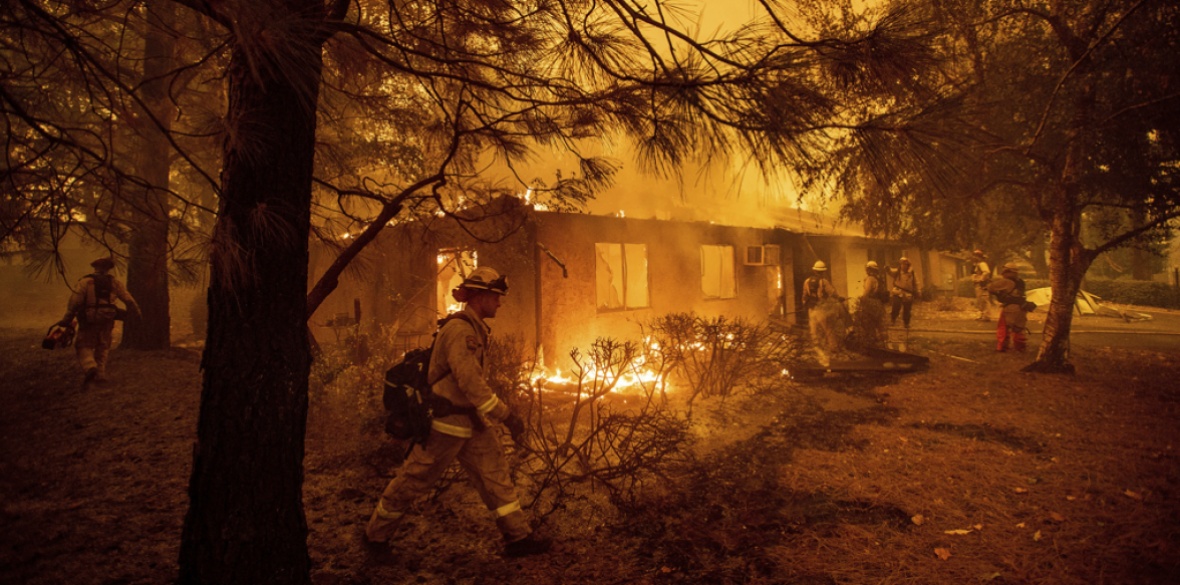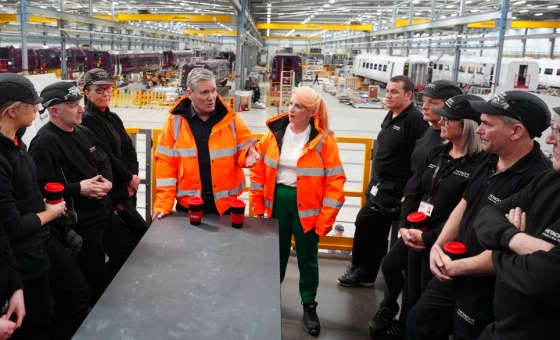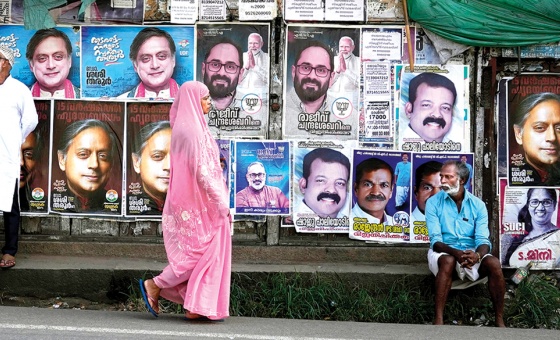This is the last article you can read this month
You can read more article this month
You can read more articles this month
Sorry your limit is up for this month
Reset on:
Please help support the Morning Star by subscribing here
THE fast-moving fires in southern California driven by the relentless Santa Ana winds are truly terrifying and destructive. The one they call the Camp Fire north of Sacramento has killed nearly 60 people, injured three firefighters and destroyed at least 6,500 homes.
After searching through the blackened aftermath of California’s deadliest wildfire, authorities believe that at least 1,000 people are unaccounted for and that total just keeps growing. Many of them are in their eighties and nineties living in pleasant forest retirement communities.
One problem is that wooden phone masts are being burnt down by the flames.
In a second fire 500 miles south, firefighters are battling another huge blaze known as the Woolsey Fire, where fortunately the number of deaths, injuries and people missing are much lower.
Wildfires have always been a normal feature of California’s and other US forest ecosystems, but a century of misguided fire suppression policies have led to massive build-ups of dead litter on the forest floor.
In the past regular smaller blazes would clean up this dry vegetation, reducing the fuel load that large wildfires use to spread. These new heavy build-ups have now led to wildfires burning hotter, faster and longer than ever.
I have actually experienced two forest fires in the US. One was in the vast Okefenokee Swamp on the state line between Florida and Georgia. The danger here is that the forest fires could have set alight the underlying peat in this amazing wetland, home to many exotic carnivorous pitcher plants.
The other was in the 3,500-square mile wilderness of Yellowstone National Park in Wyoming, Montana and Idaho. The park is home to hundreds of animal species, including bears and wolves.
In both of these fires the size, scale and sheer ferocity was truly terrifying, yet they were tiny in comparison with those hitting the headlines in California today.
We were warned to leave the campsites we were staying on in good time but we still had to drive through blazing areas of woodland and the thick smoke turned day to night even after we had driven many miles clear of the actual scene of the fires themselves. Neither fire was an experience I would like to repeat.
After those adventures I felt I had to learn about some of the factors making forest fires more common and more fierce. I have already talked about the prevention of smaller fires that keep the forest floor clear of fuel.
Another factor is the increased development close to the fringes of the many large wilderness areas. There has been more and more development in these areas in recent years, resulting in more homes being destroyed by wildfires.
Finally, perhaps the most important factor contributing to these mega-fires is climate change. Donald Trump and his oil industry apologists would like you to think climate change isn’t really happening. It is of course, and as rainfall declines and dry winds increase, wildfires get much more destructive.
Watching the TV reports, you might think that at least all the people, rich and poor were “all in it together,” but as so often that wasn’t exactly the case.
If you drive about 10 miles north of Malibu and head east on Highway 101, you’ll hit the city of Hidden Hills, a gated community that’s home to many famous celebrities, including hip-hop artist Kanye West and his wife, reality television star Kim Kardashian.
Just like in many of the towns in this region, Hidden Hills residents were ordered to evacuate their homes as the Woolsey fire approached. But unlike thousands of others, Kanye West and Kim Kardashian did not have to leave their fate up to erratic winds and unpredictable floating embers.
They called in a team of very expensive private firefighters who, with superior numbers and equipment, saved their $60 million mansion and many of the other multimillion-dollar houses in their neighbourhood.
Under the raw capitalism of Trump’s land of the brave, wealth has always been a determining factor for life outcomes. The rich have access to better hospitals, better schools, a better lifestyle altogether. And in this case even a better chance to save themselves and their property from forest fires.
A society where wealth allows one neighbourhood to be saved, while a poorer neighbourhood goes up in flames because the people there weren’t able to purchase the same resources, is the worst example of what capitalism really means.
It isn’t just forest fires but also other natural disasters. When Hurricane Katrina hit New Orleans in 2005, the results of the disaster reflected pre-existing racial and class divisions. African-American and low-income communities in New Orleans were largely abandoned by recovery efforts.
Things haven’t changed much. In California today, undocumented immigrants affected by wildfires do not have the same access to federal emergency relief funding.
Perhaps it is not all that surprising to hear about the ultra-rich purchasing private firefighting services to protect themselves and their wealthy neighbours. It could be said that this is just another logical step towards privatisation of all public services, already almost universal in the US.
As I write this, my worry is that, as our own Tory government privatises schools, railways, utilities, prisons, the NHS and so many other essential public services, how long will it be before we will need to buy an expensive subscription to the Richard Branson Virgin fire brigade?
Worse, will those Virgin fire engines be like Virgin trains and turn up late or even not at all?











